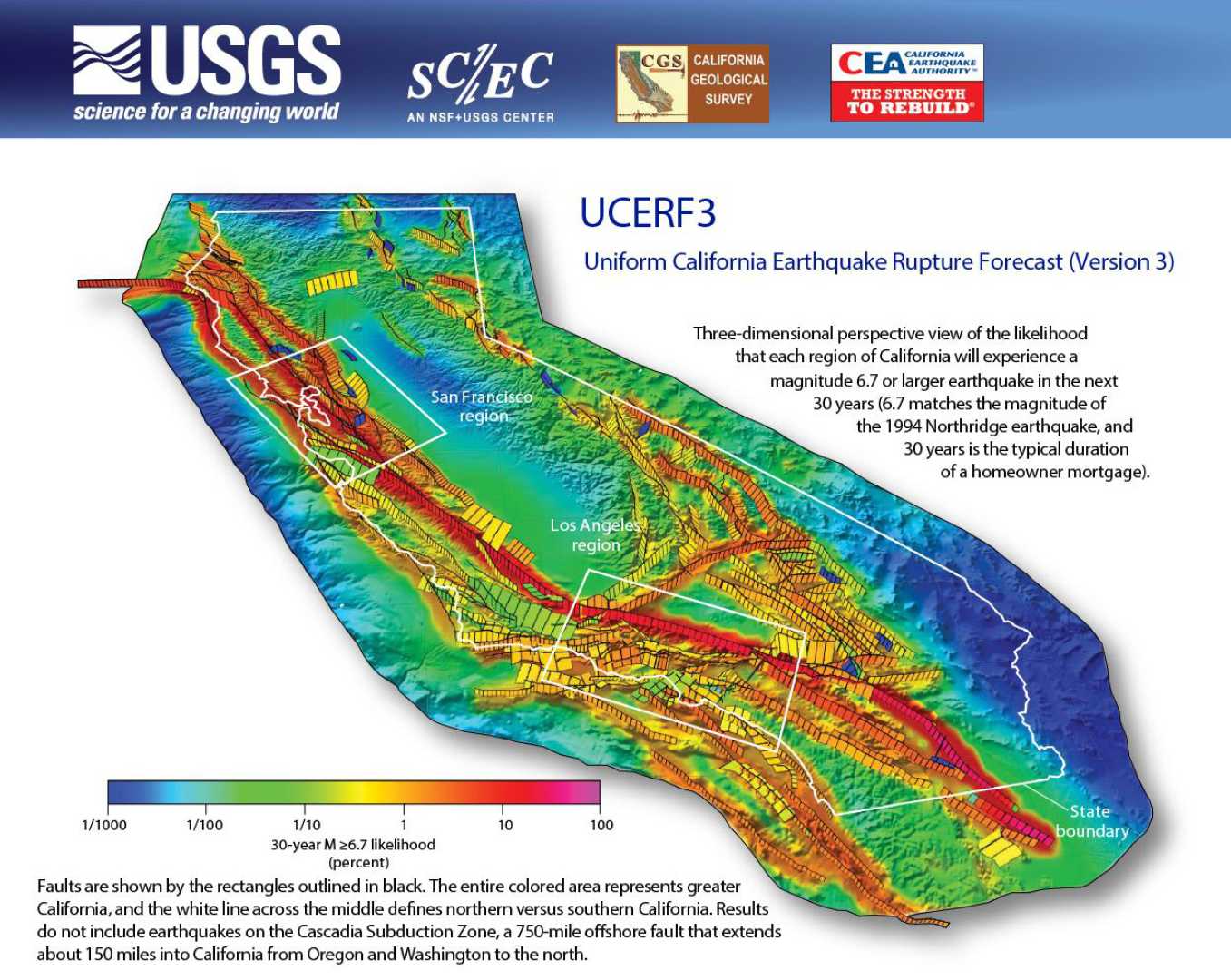News
Experts Warn: California’s Next Big Earthquake Could Happen Anytime

LOS ANGELES, California — Christine Goulet, director of the U.S. Geological Survey‘s Earthquake Science Center, faces the same questions whenever someone asks about her work: When will the next big earthquake strike? How can we prepare?
Goulet has insights but no predictions. “The Big One could happen anytime — in minutes, tomorrow, or within a week. We can’t predict that precisely right now,” she said, stressing the importance of preparedness.
The latest comprehensive research from 2015 indicates California is at risk of a major quake within the next three decades. Recent estimates suggest the San Francisco Bay Area faces a 72% chance of experiencing a quake with a magnitude of 6.7 or higher by 2043, with a 51% chance of a 7.0 magnitude quake as well.
“The earthquake threat is very real,” said John Allen, a professor at the University of California, Berkeley. He emphasized the need for awareness without living in fear.
In December, Northern California residents were alarmed by a quake along the northern coast that triggered a tsunami warning from Oregon to San Francisco. Public relations specialist Traci Grant, who felt the tremor in San Francisco, described it as unsettling and prolonged. “It just kept going and going,” she said.
The USGS reported that less than two hours after the initial quake, areas experienced multiple aftershocks. Goulet noted that if the quake had hit land directly, the damage could have been catastrophic.
Reflecting on past earthquakes, Goulet cited the devastating 1906 San Francisco quake, which killed around 3,000 people and destroyed much of the city. Allen pointed to other significant events, including the 1868 Hayward Fault quake, indicating there is a “two-in-three chance” of another major quake occurring soon.
Southern California also experiences a significant earthquake risk. According to the USGS, there is a 60% chance of a quake of magnitude 6.7 or higher in the Los Angeles area over the next 30 years. The chance for a 7.0 quake lands at 46%.
Goulet warns that the high population density in Southern California increases the potential impact of an earthquake. She referenced the Northridge quake of 1994, which killed 60 people and left thousands homeless, resulting in damages estimated between $13 billion and $20 billion.
In Ridgecrest in 2019, Goulet and her team experienced unexpected aftershocks while on-site after measuring an initial quake. “It was terrifying,” she recalled.
Experts advise that in the event of an earthquake, people should drop, cover, and hold on instead of running. Goulet and other seismologists recommend creating an earthquake preparedness plan that includes emergency supplies and a strategy for meeting up after a quake.
California has a long history of significant seismic events. The most recent major earthquake recorded was a 6.4 magnitude quake near Ferndale in December 2022, which caused indirect fatalities and property damage.
Understanding and preparing for earthquakes remains essential for residents of seismic regions. The experts’ collective message is clear: preparation and awareness can save lives.












